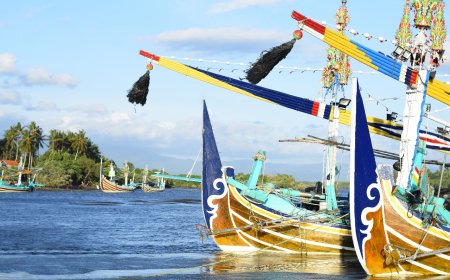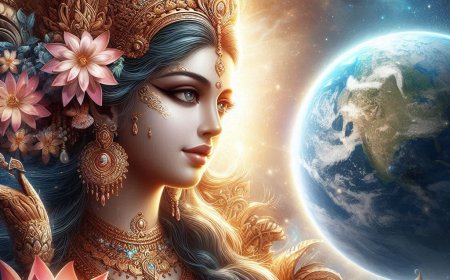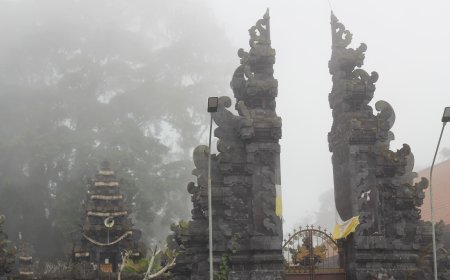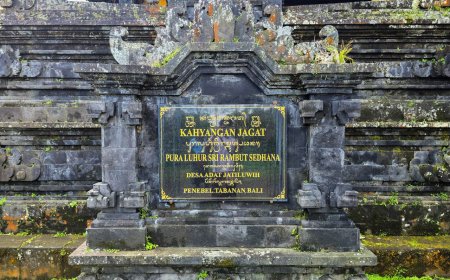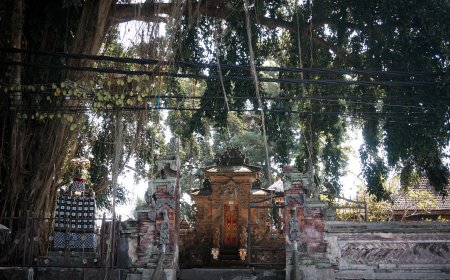Pura Negara Gamburanglayang: Exploring the Deeper Uniqueness of a Temple Reflecting Bali's Diversity
Amidst the bustling tourism scene of Buleleng, lies a hidden treasure far from the ordinary tourist spotlight. Amidst the captivating beauty of nature and the diverse culinary experiences, there is a gem that seldom sees the light of day. Pura Negara Gamburanglayang, a spiritual legacy, is not only architecturally astounding but also radiates the charm of diversity and profound, immeasurable significance.
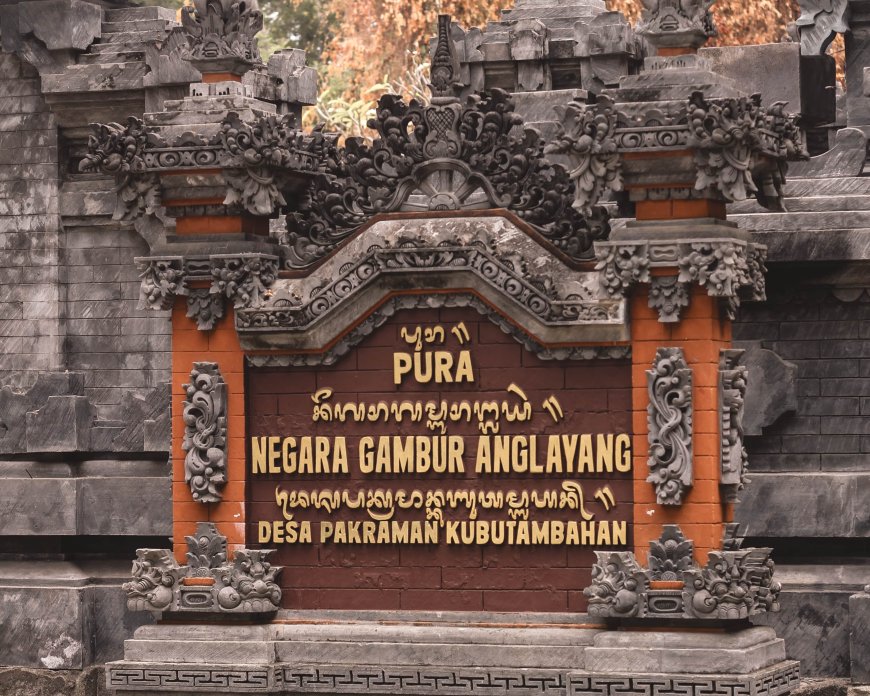
Buleleng, a sparkling tourism paradise in northern Bali, is often known for its delicious culinary charm and alluring exotic beaches. However, behind the tourism crowd in Buleleng, tucked a hidden treasure that often escapes the attention of tourists.
A little to the east, there are many historical relics that are evidence of many ancient sites. Pura Negara Gamburanglayang, one of the spiritual relics rich in history and meaning, which is a symbol of unity of diversity that is not to be missed.
Multiculturalism has been part of human existence since the 13th century, and one of the strong proofs is the presence of Pura Gambur Negeri Anglayang. This temple was founded in 1260, standing in an area called Kubutambahan which was once the location of uniting the vast ocean with a calm lake before becoming home to Pura Negara Gamburanglayang.
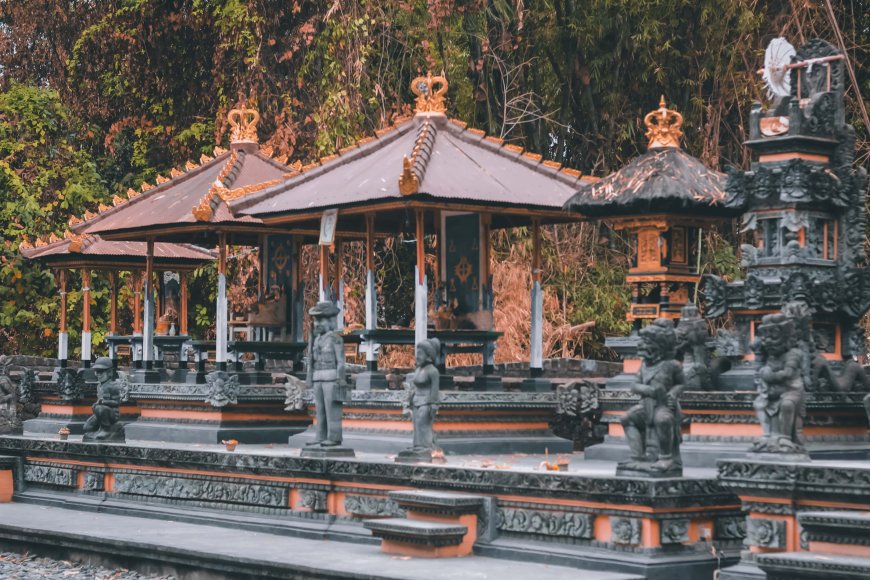
a row of standing Pelinggih side by side (Source: Private Collection)
Pura Negara Gamburanglayang holds uniqueness that has a deep meaning, how not, in this temple there are several pelinggih that reflect diversity, start from pelinggih Ratu Bagus Sundawan who represents elements of the Sunda Tribe, Ratu Bagus Melayu who represents elements of the Malay Tribe, Ratu Ayu Syahbandar and Ratu Manik Mas who represent elements of China or Buddhism, Ratu Ayu Pasek, Ratu Gede Siwa and Batara Surya who represent elements of Hinduism, and the most unique Ratu Gede Dalem Mekah who represents elements of Islam. These pelinggih stand side by side in one land as a symbol of diversity united in a peaceful space.
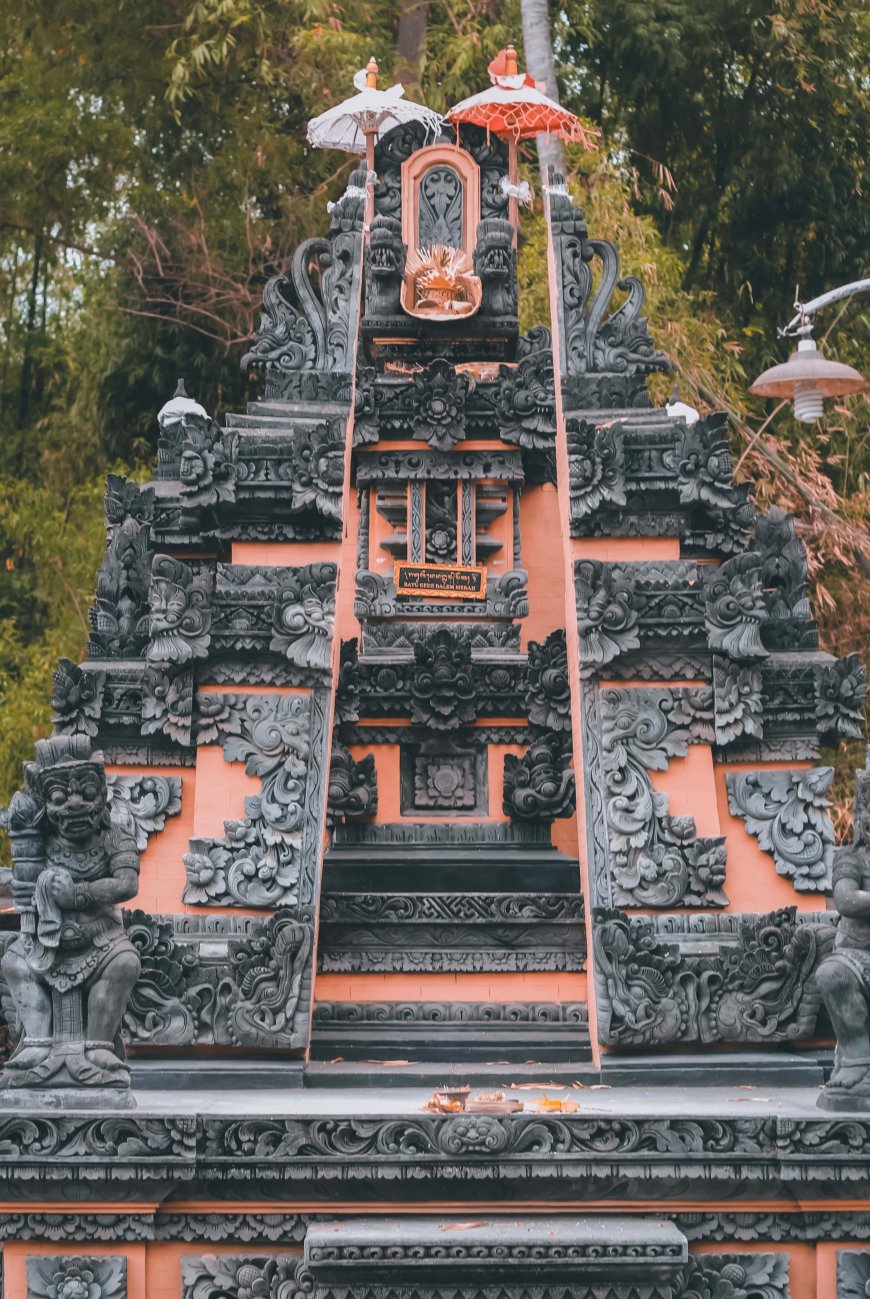
Pelinggih Ratu Gede Dalem Mekah as a symbol of Islam (Source: Private Collection)
Before becoming a temple, this place was a trading port called Kuta Baning (War Fort). Because of its role as the center of trade throughout the archipelago, this trading port was surrounded by forts for security. As a bustling trading center, this area is visited by people from different tribes, religions, and races from other islands who gather there and make transactions.
in ancient times sea traders and priests carrying religious missions could enter the island of Bali through any beach because they used boats and small canoes.
Thanks to the hard efforts made by King Bhatara Parameswara the economy at that time was quite developed, trade relations between islands, between foreign countries were quite smooth, including relations with Sunda, Malay, India, Mecca, China so the Kawista area was quite prosperous.
at one time there was a story of an Ark (Wooden Ship) with several crew members of various ethnicities (tribes) leaning on the beach of Kuta Banding. With the aim of finding trading materials. After getting the needs of the crew get ready to continue the journey. However, there was a disaster immediately after, the Ark leaked so it could not depart. With maximum effort, the ships were assisted by coastal residents, but his efforts were in vain.
As a result, local residents invited the crew (boat) and the group of ships to pray together at the pelinggih (parahyangan) coast of Kuta Banding to ask for strength, help and success.
During repairing the leak the crew communicated with Kuta Banding residents, fishermen, farmers, and traders. They fill each other, fill each other, and exchange experiences or coastal residents absorb more knowledge from the crew in the form of trade knowledge, farming knowledge, fishermen, and warrior knowledge.
Because this place is believed to be a place to seek life and prosperity, from this place, make individuals with diverse beliefs and faiths establish a place of worship (temple). The temple stands as a symbol that represents a universal effort to achieve spiritual fulfillment for the people, regardless of their origin.









